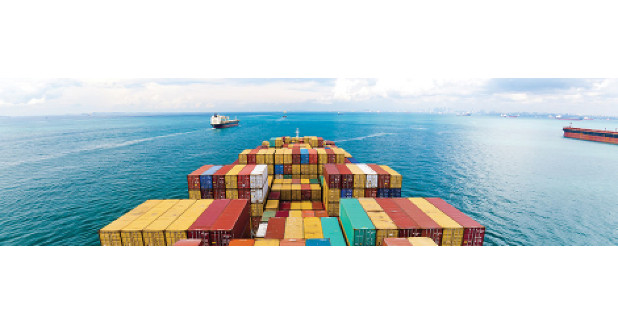
EU sops fail to lift Lankan textiles
Despite a recent move by the European Union to restore Sri Lanka to its highly favorable Generalised System of Preferences Plus programme, the country will find it hard to catch up with Bangladesh.
Despite a recent move by the European Union to restore Sri Lanka to its highly favorable Generalised System of Preferences Plus programme, the country will find it hard to catch up with Bangladesh, which has powered ahead in textile and apparel production in the last few years. Production and labour costs remain high compared to competitors, and analysts are skeptical that the government will be able to meet its goal of doubling exports by 2020.
The EU, which is Sri Lanka’s biggest export destination, absorbing some 36 per cent of total shipments, reinstated the country into the GSP Plus programme in mid-May, removing import tariffs on more than 6,000 products, including clothing. Sri Lanka was dropped from GSP Plus in 2010 for human rights violations, but remained in the less-favorable GSP program, under which its exports were taxed at 9.6 per cent. That had had an impact. Total apparel exports fell from $4.7 billion in 2014 to $4.6 billion in 2015 and 2016, according to the Joint Apparel Association Forum, an industry body. Exports to the EU in 2014 stood at $2.1 billion, but dropped to $1.9 billion in 2015 and 2016. The slump has continued in 2017, with apparel exports falling another 5.8 per cent in the first five months, compared with the same period in 2016.
Analysts say that Sri Lanka needs to do more to catch up with countries such as Bangladesh, which is now the world’s second-largest clothing exporter after China. Bangladesh accounts for 6.4 per cent of global clothing exports, compared with Sri Lanka’s 1.2 per cent.
Wages in Sri Lanka are typically higher than in Bangladesh and Vietnam, making the country better suited to producing high-end garments such as swimwear, trousers and underwear, including lingerie for top brands such as Victoria’s Secret. According to the World Bank’s "Stitches to Riches" report, released in April 2016, the minimum monthly wage in Sri Lanka is $120, compared with $70 in Bangladesh. Sri Lankan labor laws also limit factory workers to 57.5 hours per week, with fixed weekly holidays. This compares with Bangladesh’s working limit of 60 hours and Vietnam’s 64 hours. Sector has fallen well behind rivals such as Bangladesh.
CATEGORIES Industry Update




